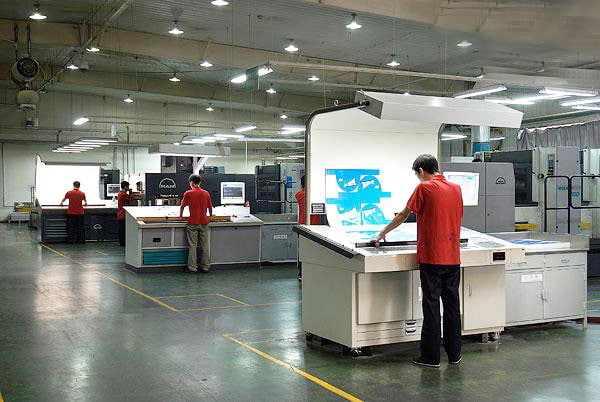You can share
- Share to Facebook
- Share to Google+
- Subscribe to our
- Share to Linkedin
- Share to Twitter

The global trade environment is becoming more volatile, and tariff barriers have become the sword of Damocles hanging over the heads of jewelry packaging manufacturers. The US tariff on China has reached 145%. Faced with such high tariffs, how should Chinese jewelry packaging manufacturers respond? Obviously, manufacturers need to develop a systematic response plan from the dimensions of supply chain reconstruction, product innovation, and market transfer.
(1) The "proximity rule" of material substitution
Regional procurement network:
Southeast Asian market: Use Indonesian acacia to replace North American black walnut, reducing costs by 40%, and with complete FSC certification.
Local innovative materials: bamboo fiber composite materials (Zhejiang), recycled ceramic powder lining (Jingdezhen), etc., to replace imported parts.
Case: A jewelry packaging manufacturer in China reduced the material cost of US orders by 22% by purchasing straw-based, environmentally friendly cardboard from Shandong Quanlin Paper.
(2) Distributed manufacturing layout
The strategy of "production close to the market":
Set up factories in Mexico to supply the North American market and avoid high tariffs.
Assembly plants in bonded areas in Eastern Europe serve EU customers and use the China-EU Investment Agreement to reduce logistics time costs.
Asset-light model: Cooperate with local factories overseas to produce products, output design drawings, and quality control standards, as well as reduce the risk of heavy asset investment.
(1) Emerging regional growth poles
Southeast Asia: Indonesia and Vietnam have an annual growth rate of jewelry consumption exceeding 12%, and prefer light luxury paper packaging.
Middle East: The UAE has a strong demand for high-end gift boxes, but its local manufacturing capacity is weak, and tariffs are generally less than 5%.
Africa: The wedding jewelry market in South Africa and Kenya is rising, which is suitable for cost-effective recycled material packaging.
(2) Cross-border e-commerce direct sales model
Directly reach overseas small and medium-sized brands through Amazon B2B Industrial and Alibaba International Station:
Reduce the price increase of intermediate links and increase gross profit margin by 10%-15%
Data empowerment: Use platform data to predict regional demand and flexible production to reduce inventory costs.

(1) Practical Application for Tariff Exemption
US Exclusion Procedure: To prove that the product cannot be purchased from a third country (such as a jewelry box with special craftsmanship), you need to submit:
Supply Chain Map: Proof of the entire chain from raw materials to production to sales
Substitution Analysis Report: Compare the production capacity and quality gap of suppliers in other countries
Case: A company in Guangzhou, China, successfully obtained tariff exemption for 7 types of packaging boxes by proving the uniqueness of bamboo silk inlay craftsmanship.
(2) Capturing the dividends of the Free Trade Agreement
RCEP region: Using the China-ASEAN rules of origin cumulation, processing in Vietnam with 30% added value can enjoy zero tariffs.
China-Europe Express: Railway transportation from Chengdu to Duisburg, Germany, is 20 days faster than sea transportation, and the freight cost is only 1/4 of air transportation.
(1) Cost Transparency Narrative
Attach a "Cost List" to the packaging box and indicate:
Tariff Percentage: "Due to changes in the international trade environment, the tariff cost of this product has increased by XX."
Environmental protection investment: "We choose biodegradable materials that cost XX yuan to protect the earth."
(2) Service value-added hedging method
Provide a packaging lifetime warranty and trade-in discounts to shift price sensitivity.
Case: A brand in Shanghai launched an "old box for new" campaign, with an old packaging recycling rate of 41% and a 33% increase in customer renewal rate.
(3) Emotional value binding
Transform tariff challenges into brand stories: "Even if costs rise, we still insist on hand-polishing every detail."
Global trade barriers seem to be a life-or-death crisis for jewelry packaging manufacturers, but in fact, they hide an evolutionary opportunity for industry reshuffling. Through the flexible reconstruction of the supply chain, the intelligent upgrading of products, and the precise transfer of the market, companies can not only survive but also have the opportunity to transform into a "new species" in the era of globalization 2.0.
The high wall built by tariffs will eventually be crossed by the ladder of innovators. When manufacturers learn to build a new triangular m